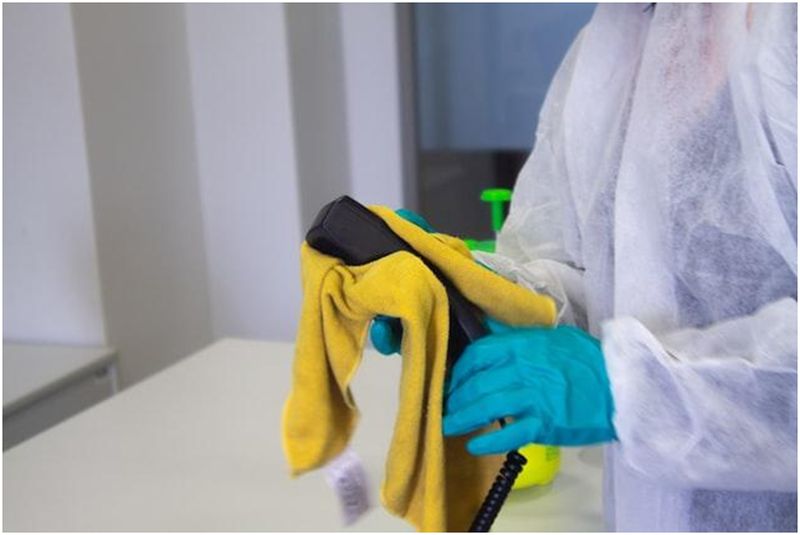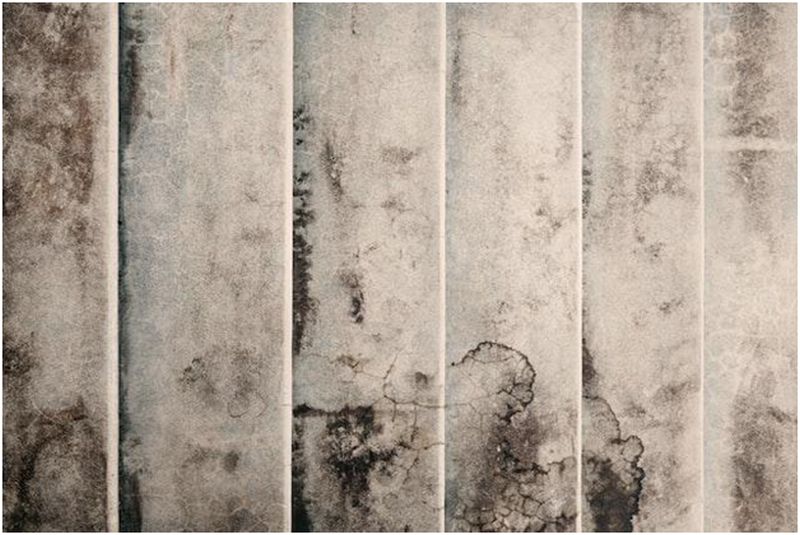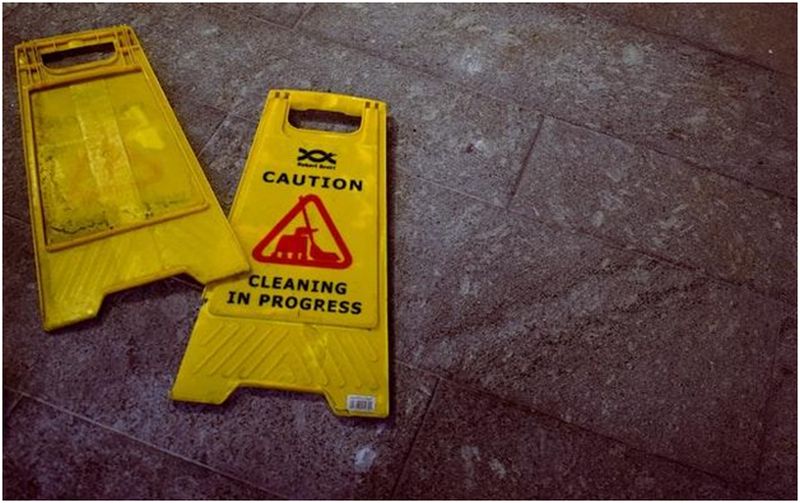Homeowners in Salt Lake City prefer to handle household care and upkeep in as much of a DIY capacity as possible, most often because being able to do so is much more cost-effective than employing professional services. However, some things are better left to the experts. Mold removal falls into that category.
Trusted specialists with years in the industry, like those at abramoldremoval.com, are recommended by the EPA or Environmental Protection Agency for expert mold remediation, particularly when there are extensive water damages or an expanse of mold coverage ranging over “10 square feet.”
Anything under that amount or considered minimal is appropriate for a homeowner to handle with proper clean-up techniques to avoid further infestation.
It’s important to research to ensure you understand these methods for adequate elimination. If you don’t feel comfortable handling mold of any capacity, contacting a specialist for inspection and remediation is appropriate.
Attempting something with minimal knowledge can lead to mistakes, possibly leading to more extensive problems down the road. What are some common clean-up mistakes homeowners are guilty of? Can specialists come behind and make the necessary corrections? Let’s learn.
Can Mold Specialists In Salt Lake City Correct Homeowner’s Clean-Up Mistakes

Whether you live in Salt Lake City or you’re a homeowner on the other side of the country, most people prefer to DIY their household maintenance. For things like DIY mold removal, there’s more to the process than merely cleaning the fungus you see and moving on about your day.
What if those spores spread and repopulate? What if there’s more happening behind the scene than what is actually visible to your eye?
A mold remediation specialist can provide those answers. A homeowner not versed in mold and its spores is challenged to understand not only the logistics of clean-up but what type of fungus they’re dealing with when simply looking at it.
Some forms can be toxic, creating health problems for people. If you’re unclear about which, you could be at risk.
DIY mold clean-up is discouraged, especially with increased volumes, but there’s potential for mistakes even in a smaller capacity. Let’s look at some common errors relative to homeowner mold maintenance.
1. Many homeowners believe mold is readily visible
It’s customary when seeing a small area of fungus in an out-of-the-way space to presume the fungus is contained in that small spot. People don’t consider that spores spread rapidly and simply, with growth tending to occur in warm, dark, dank spaces like the interior of the wall or behind a tile.
You can take the responsibility of removing the mold, but before initiating the process, it’s beneficial to have a remediation specialist consult so the expert can locate the hidden growth. If you don’t take this step, you could be missing some of the colonies, which will continue to spread and grow with adverse repercussions.
2. There’s an assumption that bleach will kill the fungus

Bleach is one of the common solutions indicated as a cleanser for homeowners to eliminate mold and its spores; however, there is some debate on this topic. The indication is bleach is, in fact, effective, as we all know, for a plethora of household purposes, and with some species of mold, not all mold types feel the adverse effects.
The substance can also be harmful when applied to certain surfaces, making it imperative that you research its uses and pay attention to the warning labels before incorporating it into your removal process.
The recommendation for a more suitable option is an “antimicrobial” cleaner as a substitute for the bleach.
3. Some people will paint in answer to their mold problem
If you are a homeowner whose trip to the hardware store produced “mold-resistant paint,” please don’t use this product to paint over top of your mold issue.
The statement is not an instruction for you to apply paint to mold. Doing so can create an incredible mess, first, and then the eventual worsening of the situation down the road.
The phrasing of “mold-resistant paint” is to let the consumer know that once you apply the paint to a surface already clean and free of any fungus, the paint, once applied, will resist growth into the future.
4. Attempts are made to restore instead of toss away
When a porous surface is attacked by mold, these items must be discarded. Non-porous materials like metal, glass, or porcelain can have the mold eliminated from their surfaces. But soft materials are penetrated by the fungus from what will likely be serious damage.
A remediation specialist can assist in the process of going through your things to determine what is salvageable and what you need to let go of. In some cases, a restoration service for personal property can restore items that might have otherwise been deemed irreparable. You can find these by searching online.
5. You can fling spores through the air

With mold clean-up, those who are not methodical and meticulous in the process like a specialist will advise, might section out a piece of drywall, tear out damaged carpets, or vigorously scrub surfaces caked in the fungus, all the while sending the spores flailing into the air. That leaves other spaces in the home at risk for contamination.
It’s critical to contain the space you’re working in by sealing the room off from other parts of the home. A remediation expert will employ a “containment system” to ensure minimal risk of a worsening problem. Visit here for guidance on safety with mold clean-up.
Final Thought
Salt Lake City is home to plenty of professional mold remediation specialists making the choice somewhat daunting when it comes time to select a quality provider.
The ideal method for narrowing down choices is to look at the number of years spent in the industry, what sort of following the company has established in that time, and how many would speak for their business reputation from those that comprise their client list. It would be best to work with only those whose reputations precede them.
Article Submitted By Community Writer




